In specific industries, such as food and beverages, pharmaceutical, cosmetics, etc., the focus on maintaining hygiene and cleanliness is much higher in comparison to several other sectors.
Thus, these auxiliary services use sanitary filters to maintain hygiene and comply with the rules and regulations laid down by the concerned authorities. Before we can understand how sanitary filters work and what are the different types of sanitary filters, we must first clearly understand what a sanitary filter is.
What Is a Sanitary Filter?
The primary purpose of sanitary filters is to remove any small particulate matter from liquids or gases passing through the filter. When a liquid or gas passes through the screen of the filter, the filter removes all impurities from it. Thus, the liquid or gas finally released by the sanitary filter is free of all contaminants. The prime purpose of sanitary filters is to maintain cleanliness in a facility or wherever they are employed.
The best part about a sanitary filter is that it can be easily dismantled for cleaning purposes. To clean all contact surfaces, disassemble the filter, clean, and once done, assemble it all back. One of the main reasons for the growing popularity of sanitary filters is the fact they are incredibly convenient to use and maintain.
How Does a Sanitary Filter Work?
All sanitary filters use media, which can be used to separate particulate matter from gases and liquids. In general, all sanitary filters used in auxiliary services consist of an outlet and inlet housing and an inner perforated screen mesh that effectively removes all impurities. Fluids flow through a filter primarily due to the difference in pressure created inside the filter. Fluids flow from a high-pressure region to a low-pressure region inside the filter, leaving the particulate matter behind.
The underlying technology used in sanitary filters involves the use of a perforated screen mesh to separate the liquid to be cleaned into two separate streams. When this liquid is pumped across the surface, it leads to the development of a positive trans-membrane pressure. This pressure pushes any particulate matter smaller than the size of the porosity of perforated screen mesh to pass through. Any particulate matter that is bigger than the size of the perforations in the screen mesh does not pass through and, thus, is forced to stay behind. The force with which the fluid travels plays a vital role in keeping the perforated mesh screen free of any blockages.
This operating principle of sanitary filters makes it mandatory to ask a few questions while selecting a sanitary filter. What product will be running through the screen? Will the product be gummy, or will it be the particulate matter? What will be the operating pressure inside the filter? Clear answers to these questions will allow you to choose the right sanitary filter for your business.
What Are the Different Types of Sanitary Filters?
There are typically four different types of sanitary filters.
Sanitary In-Line Filter (Straight type filter)
An in-line sanitary filter works precisely like a Sanitary side-entry filter. However, unlike a side-entry sanitary filter, the in-line filter mounts like a spool, with both its ends safely placed inside a fitting.
The mesh is designed in such a way that it does not clog easily. However, since side-entry filters are easier to clean and maintain, people mostly choose side-entry filters over in-line filters.
Sanitary Side-Entry Filters (Angle Type Filter)
Sanitary side-entry filters work on the same principle as any other type of sanitary filter. However, in this type of sanitary filter, one is not required to disassemble the filter from the pipeline. All one has to do is loosen the nut or clamp on the filter and take the mesh out. Once the mesh is out, clean it, and replace it.
In the case of sanitary side-entry filters, the mesh number varies from 30 mesh to 300 mesh, and the mesh size varies from 0.5 mm to 2.0 mm. These filters can easily sustain a temperature range of -10 degrees Celsius to 120 degrees Celsius. Sanitary side-entry filters can handle a maximum pressure range of 145 psi or 10 bar.
Sanitary Y Strainer (Y Type Filter)
Y-strainers are generally used in applications that require an extra layer of particulate filtration. These types of strainers offer in-line cleanability. Thus, the operator can clean the system without having to remove it from the wall. Moreover, these strainers support bi-directional flow and 360-degree mounting.
The construction is usually robust, and thus, these strainers easily last many years. Many people opt for sanitary Y strainers simply because they are available in many different sizes and provide an extra layer of security.
Sanitary Micron Filter
A Sanitary Micron Filter is a powerful filter that can easily remove particulates and bacteria greater than 0.1 μm in size from liquids and gases. Moreover. in the case of a sanitary micron filter, users have the option of choosing from different materials depending on the purpose.
A sanitary micron filter is also powerful enough to dispose of exhaust to a level when the gas is considered to have reached the HIM standard. Similarly, these types of filters can destroy the bacteria present in ferment applications completely.
Technical Specifications
While looking for the right filter, it’s essential to be equipped with all the technical specifications. Sanitary filters are available in sizes ranging from 1 inch to 6 inches. The housing is available in AISI 316L and AISI 304 formats. Finding the right gasket is vital to ensure proper filtration, as well as the longevity of the filter. Standard options for gaskets are Silicone, Viton, EPDM, and FDA1777.2600.
Sanitary filters that use EPDM gasket can accommodate temperatures ranging from -10 degrees Celsius to 120 degrees Celsius. All four types of sanitary filters specified above are able to accommodate a maximum working pressure range of 145 psi or 10 bar. Last, these filters can either be butt-welded or fixed using sanitary clamps and thread.
The Final Word
In many industries where it is imperative to adhere to cleanliness standards, the use of sanitary filters becomes mandatory. These days, users have many different options to choose from. Thus, it becomes essential to do proper research before making any final purchasing decision. We hope this article will prove to be helpful in this regard.
Our People Want to Help
As a manufacturer of stainless steel sanitary filters, SIMPLE VALVES aims to arm its potential customers with information that would help them in making an informed decision.
Our sales representatives are ready to help, please feel free to email us at sales@simplevalves.com or submit your request directly in below form.
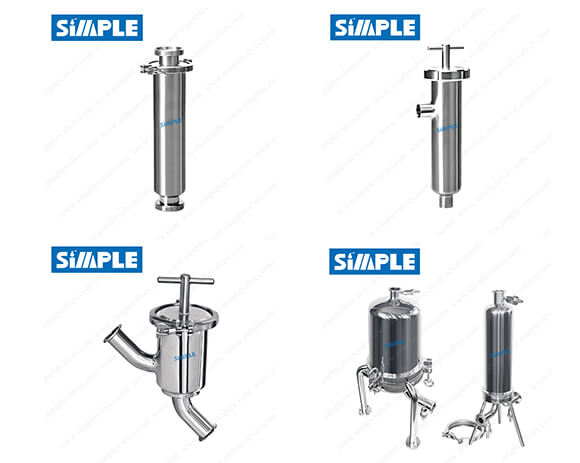
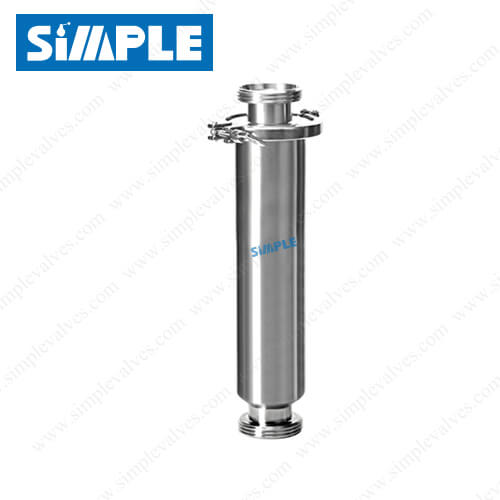
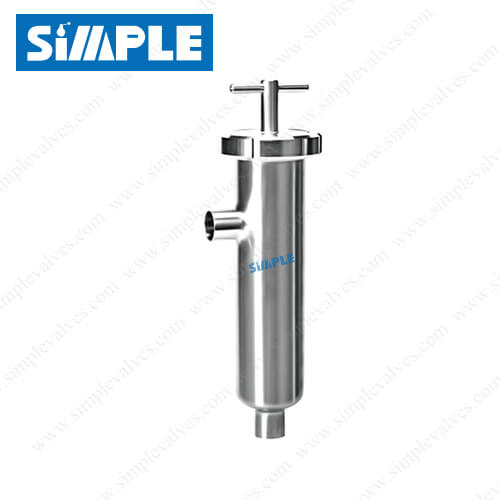
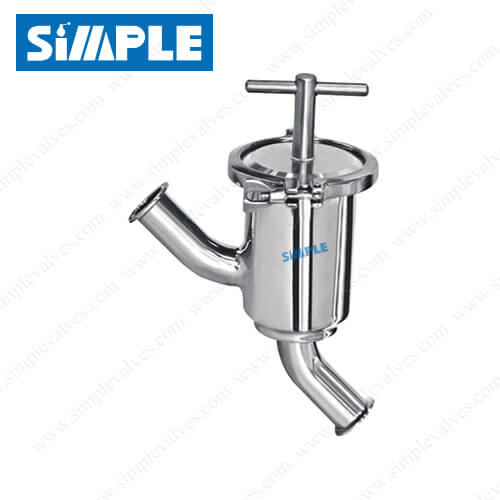
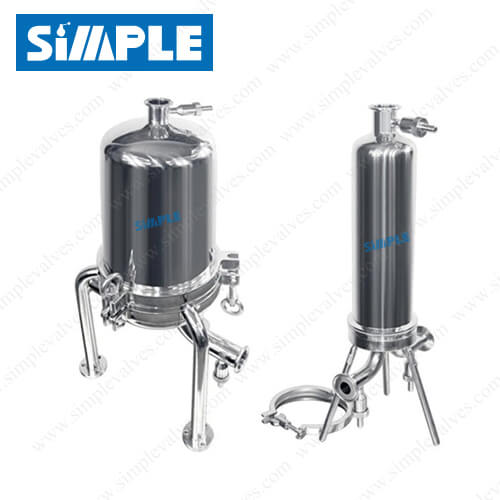
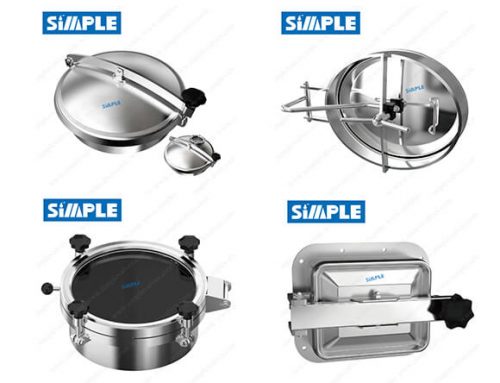
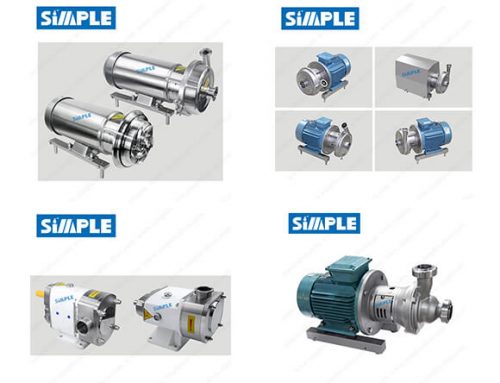
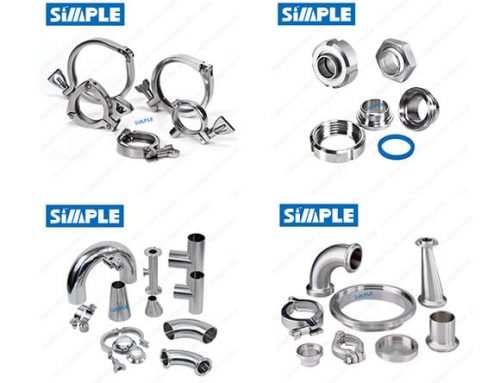
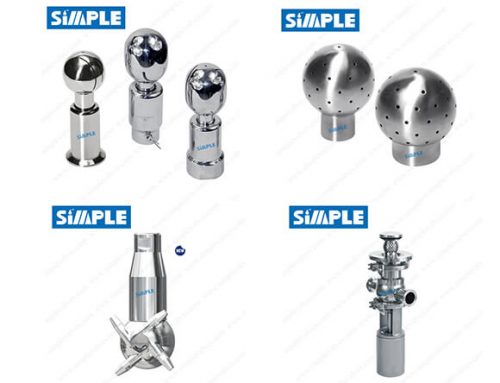
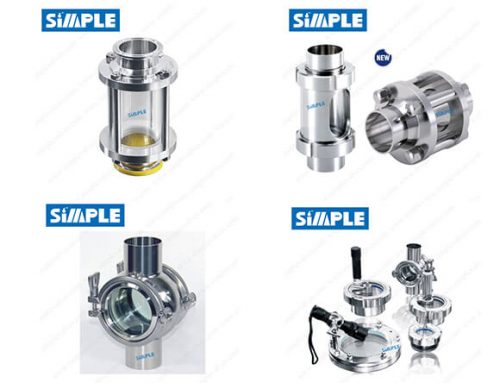
Leave A Comment